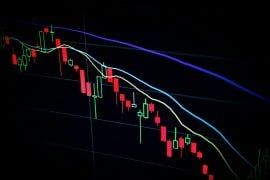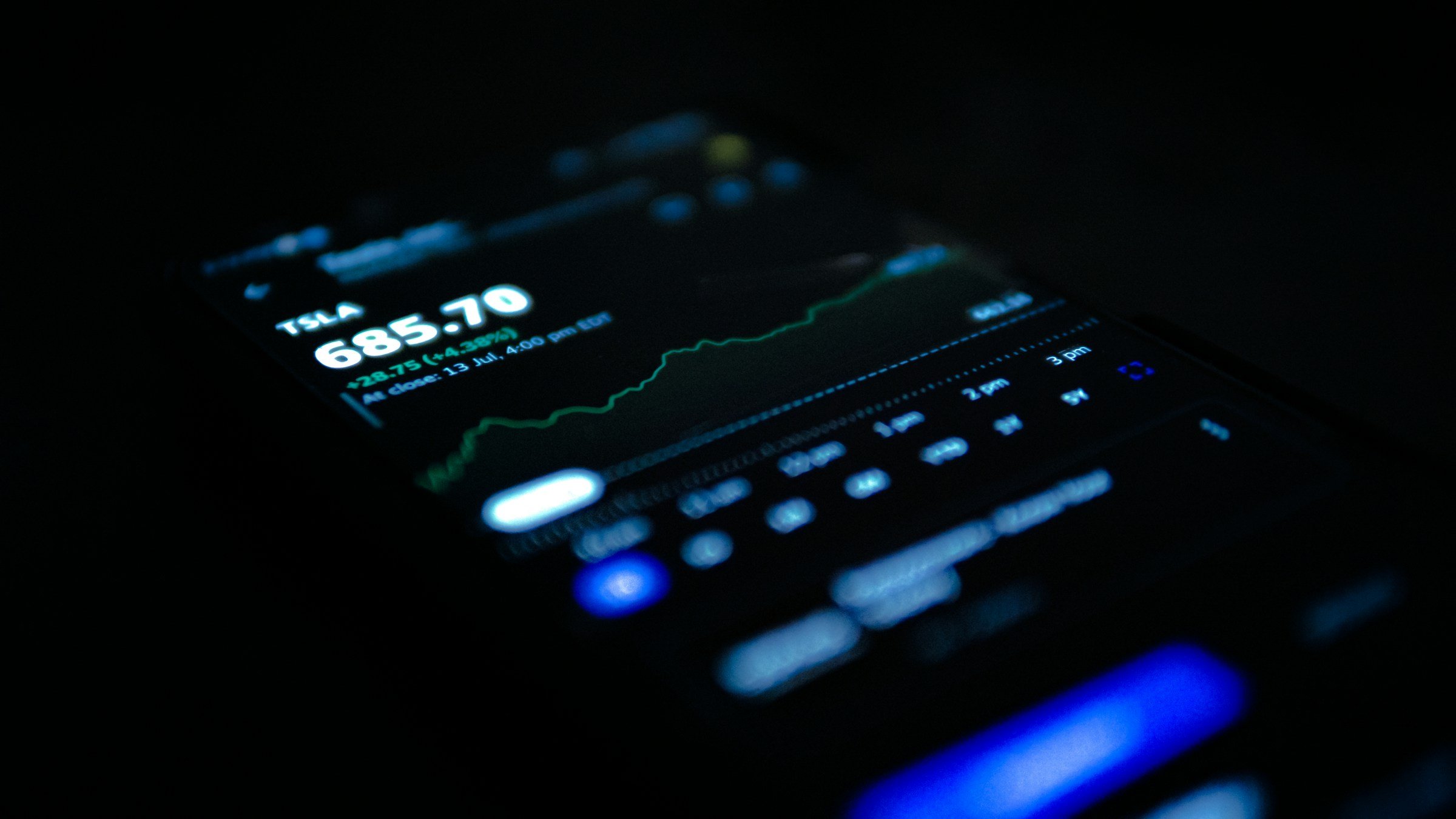
A stock simulator is more than just a way to familiarize yourself with the stock market before you start investing actual funds. When you use a stock simulator to backtest your latest trading strategy, you can fine-tune it for maximum returns.
If you’ve ever wished you had a crystal ball to predict where a given strategy will get you, backtesting is as close as it gets. Here’s a look at backtesting, how it works, and why you should be including it in your trading strategy.

What Is Backtesting?
Simply put, backtesting is when you test out an investment strategy by evaluating how it would have performed in the past. Using a stock market trading simulator, you take a potential investment strategy and run it against an actual time period in the market. You see what results you would have gotten, but you don’t have to risk any actual capital to do it.
So what benefit does that have for future trades? If a given strategy does well when backtested, it isn’t a guarantee that it will do well in the future. Backtesting is based on the (often correct) assumption that a strategy that worked well in the past will do well in the future, and a strategy that did poorly in the past will also do poorly in the future.
Of course, if you’re backtesting a strategy you plan to use immediately, you should also consider how the current market compares to the timeframe you’re using in your stock simulator. For example, if you test your strategy against a past bullish market and you’re now in a bearish market, that particular backtest likely isn’t a reliable indicator of how well the strategy will do.
Isn’t That the Same as Paper Trading or Scenario Analysis?
If you’re new to trading, you might be asking — what is a stock trading simulator? It’s a program that lets you develop your trading skills using a realistic model of the stock market. On a simulator, you aren’t limited to backtesting. Paper trading and scenario analysis are two other valuable forms of testing you can use, but they’re different from backtesting.
Paper trading — also called forward performance testing — lets you test a strategy against the current or developing market. Like backtesting, it lets you try a strategy without risking any capital. But unlike backtesting, it doesn’t let you test against past markets.
Scenario analysis is somewhat similar to both backtesting and paper trading. However, both backtesting and paper trading involve testing a strategy against actual market conditions (past or present). With a scenario analysis, you create hypothetical market conditions to test against. Those market conditions don’t have to have appeared before — you can create any kind of market you want.
The Benefits of Backtesting With a Stock Simulator
All three test methods mentioned above — backtesting, paper trading, and scenario analysis — can be useful for traders. However, backtesting has some particular advantages that make it worth considering:
It Lets You Continually Fine-Tune a Strategy
When it comes to trading strategy, there’s always room to improve. One of the greatest advantages of backtesting is that it lets you test unlimited strategies against historical data. For traders who heavily use backtesting as a strategy, the process usually follows a cycle like this:
- Develop a promising investment strategy
- Test that investment strategy against a particular time period in the market
- Analyze the results and optimize the strategy
- Test the new, optimized strategy
You can repeat the cycle on a stock trading simulator as many times as you want and for as long as you want to — the historical data isn’t going anywhere!
It Helps You Develop an Understanding of the Market
Many expert traders say that they have a kind of intuition that guides their decisions. That intuition doesn’t just magically happen — it comes from years of paying careful attention to the market (and a hefty dose of trial and error). Reading Marketwatch and learning about the strategies used by successful investors is one thing, but creating strategies and testing them can give you a feel for what works and what doesn’t.
Even creating and testing unsuccessful strategies can teach you something. For instance, imagine you create an investment strategy that you think will be successful. You test it against a particular point in the market, and it fails miserably. In the future, if market conditions mirror the past market you’ve tested against, you’ll know of at least one investment strategy you should avoid.
It Lets You Test Against Any Past Market Without Risking Capital
As you’ve seen, backtesting isn’t the only way to test out a particular investment strategy without risking your money. However, it’s the only way to test a strategy against any past market scenario without losing money. Paper trading only lets you test your strategy against a very limited time period, and scenario analysis doesn’t test against an actual (past or present) market.
Potential Downsides of Backtesting With a Stock Simulator
For anyone looking to create and optimize a great investment strategy, backtesting is extremely valuable. However, no tool is without its limitations. Before you hurry off to backtest your current strategy, make sure you understand some of its limitations:
Overfitting
If you conduct a study with a very small sample size, your results likely won’t be as universally applicable as you’d hoped. When you backtest a strategy, you can run into a similar pitfall.
“Overfitting” is when you create an investment strategy that is too aligned with a particular data set. This means that the strategy is so optimized for a particular point in the market that it’s unlikely to perform well in the future.
Differences in Markets
If you develop a strategy with a particular market in mind, that strategy might not work well in other markets. For example, if you create a strategy using forex data, you might find that it won’t work in the shares market.
Past Data May Be Out of Context
In some cases, past market data was shaped by an uncharacteristic event. It’s important to understand market data in context before using it to fine-tune a strategy. For example, during COVID-19, the stock price exploded for several manufacturers of cleaning supplies. Because that was such an unusual event, it’s probably not something you want to use to formulate a strategy.
How Gorilla Trades Approaches Backtesting
At Gorilla Trades, we’re proud to be able to offer something for everyone — from experienced investors to those just starting out. If you’re someone with years of experience trading and developing investment strategies, you may have backtested your own algorithms. However, if you’re a more casual trader, creating your own algorithm is likely too much.
It takes years of trial and error, experience with the market, and of course, the ability to write an algorithm in the first place. Unless trading is your full-time job, developing your own algorithm is generally not feasible.
At Gorilla Trades, we create algorithms for you. But the market is constantly shifting, so the algorithm that got you major returns this month might be useless next month. To make sure our trading algorithms are always at the top of their game, we’re constantly optimizing them.
Backtesting is an important part of that process. When we know what investment strategies have historically worked in similar market conditions, we can confidently recommend those strategies to you.

Trading Tools, News, and Guidance — All at Your Fingertips!
Whether you’re already experienced or are new to stock trading, there’s always something to learn. And when you join us at Gorilla Trades, you’ll always have access to everything you need for success.
Browse the educational resources on our members-only website, take advantage of daily stock picks (plus guidance on stop losses and targets), learn our additional bonus options strategy, and enjoy daily market updates.
Not sure if Gorilla Trades is for you? Sign up to start a free 30-day trial of Gorilla Breakout Alerts!
